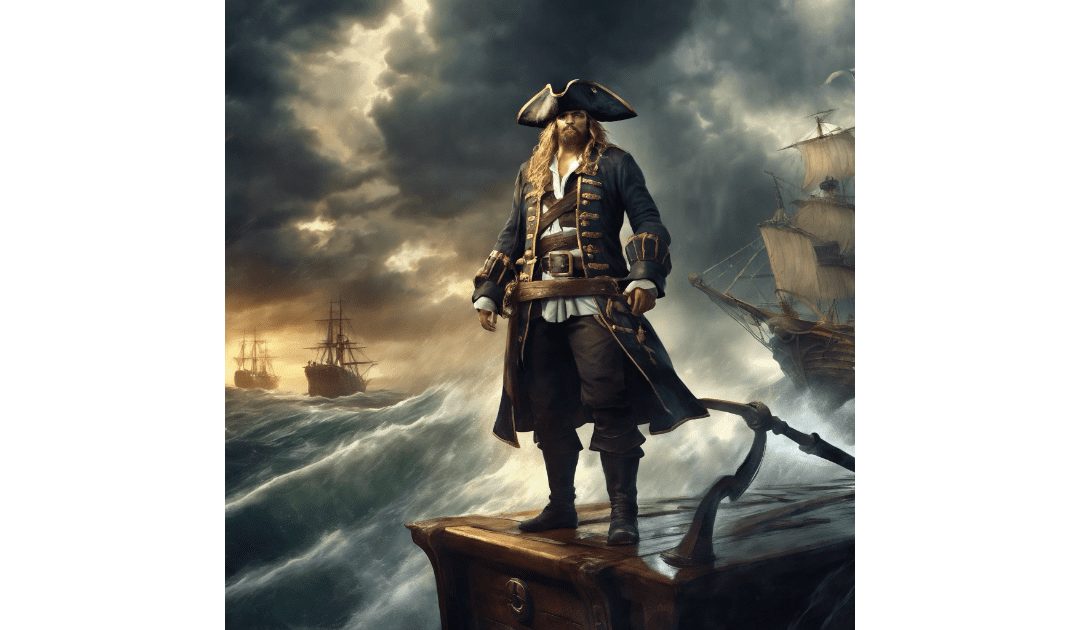On 1st March 1579 Francis Drake captured the Spanish treasure ship, Nuestra Señora de la Concepción off the coast of Peru. This was during his circumnavigation of the globe from 1577 to 1580. He was knighted by Queen Elizabeth I aboard his ship the Golden Hind in 1581. Drake’s capture of the Spanish treasure was not luck, he steadfastly hunted it down.
However I was reading George Malcolm Thomson’s biography of Drake in either 2010 or 2011, and discovered that Sir Francis Walsingham’s spy, Sir Anthony Standen, provided him with detailed intelligence on the Spanish Armada. For me, reading that book, at that time, was immensely good luck. The reason I can’t be absolutely certain about the year is that I know I was studying either the Open University’s Creative Writing, or Advanced Creative Writing course, and I don’t remember which. Standen is my mother’s maiden name, and I have since discovered that Sir Anthony was the elder brother of my 10th great-grandfather. Whilst studying with the OU I had free access to the Oxford Dictionary of National Biography, so was able to read Standen’s biography, which is extraordinary. That’s when I decided to continue researching him and write his story, filling in the unknown aspects of his life.
I can’t remember when I bought Thomson’s biography. I probably found it in a second-hand bookshop somewhere. Well, I’ve always been interested in England’s “heroes”. Drake of course took an active part in the slave trade, but he did play a major part in the defeat of the Spanish Armada. But why was I reading that book at that time? Luck, pure and simple. If I had read it without access to the ODNB, it would have been a fleeting question, scurrying to the back of my mind, to rattle around a while, and slowly fade away. The Sir Anthony Standen Adventures would never have been written.
I have written a few posts about AI. I used ChatGBT to generate the picture for this post. I asked it to paint Sir Francis Drake capturing a Spanish galleon. It’s not quite what I had in mind.

